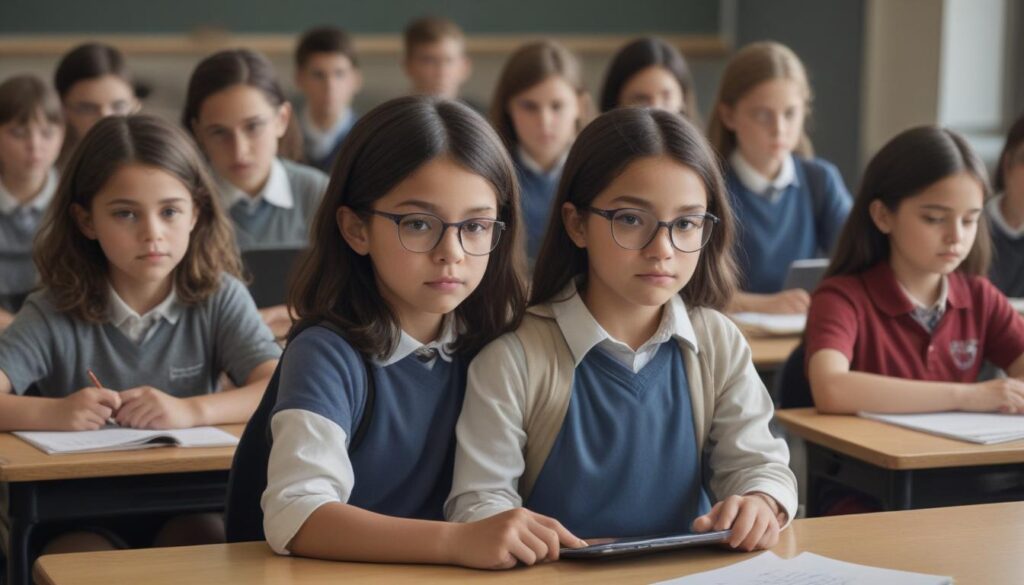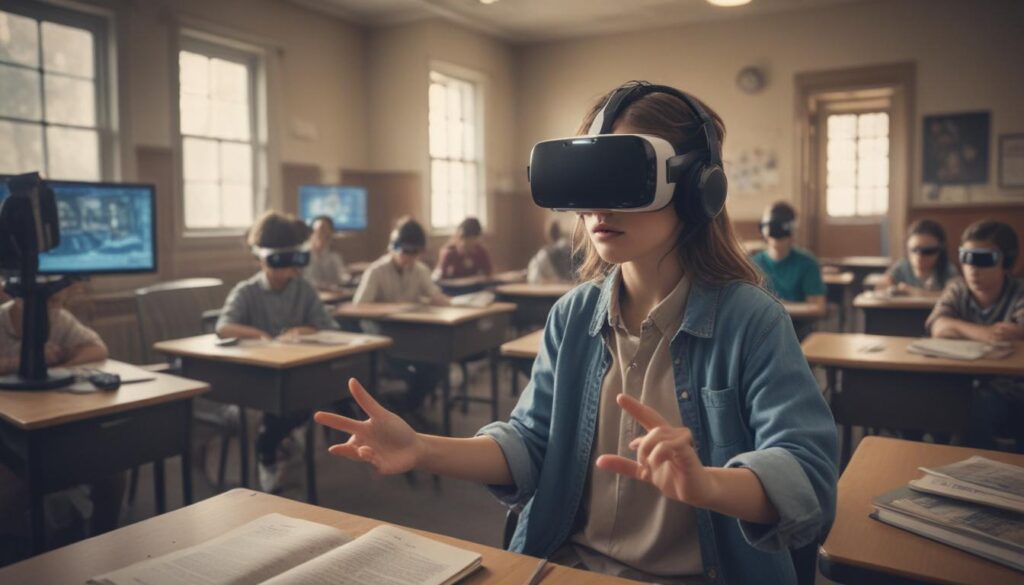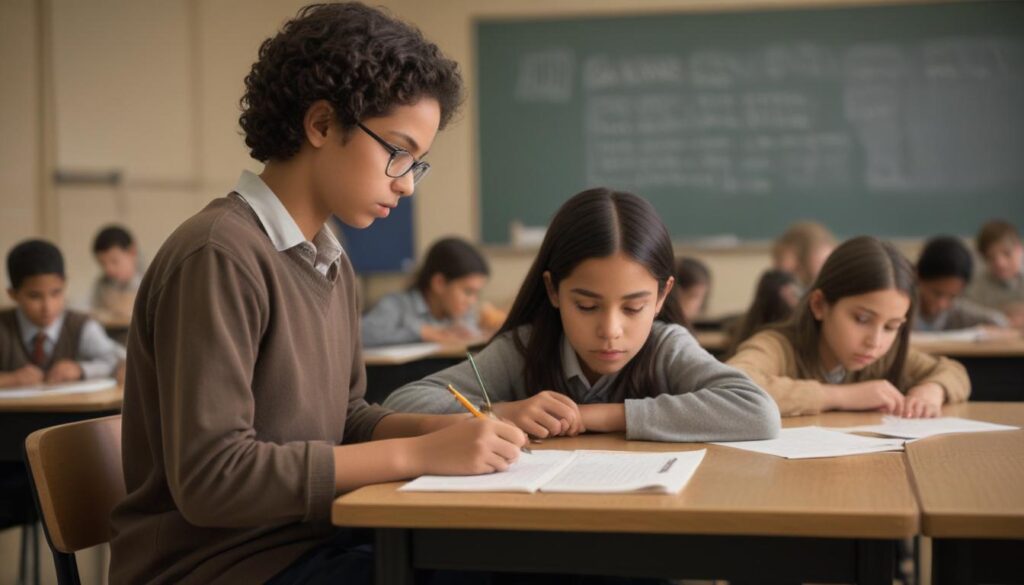Now Reading: Is Your School Truly Inclusive?
- 01
Is Your School Truly Inclusive?
Is Your School Truly Inclusive?

Education for a Diverse and Inclusive Society
In a world that often feels fractured and divided, many of us worry about the future. We see misunderstanding and conflict grow in our communities and online, and we wonder how we can possibly build a more harmonious and collaborative society for the next generation. It can feel like an overwhelming challenge, leaving us searching for a meaningful and lasting solution to bridge the gaps that separate us.
The answer, while not simple or immediate, is profoundly powerful and lies within our reach. The foundation for a more empathetic, understanding, and inclusive world is built in our classrooms. Education is not merely about transmitting facts and figures; it is the single most effective tool we have for shaping compassionate citizens, critical thinkers, and future leaders who are prepared to thrive in a multicultural society. This is how we move beyond division and actively construct a better future, one student at a time.
Beyond the Buzzwords Understanding True Inclusion in Education
The terms “diversity” and “inclusion” are used so frequently that they risk losing their meaning. In an educational context, diversity is about acknowledging and celebrating the vast spectrum of human differences present in any student body. This includes race, ethnicity, socioeconomic background, gender identity, sexual orientation, physical and cognitive ability, religion, and family structure. It is the reality of our classrooms and our world. However, diversity alone is not enough. Without genuine inclusion, it is simply a collection of different people in the same space.
Inclusion is the active, intentional, and ongoing process of ensuring that all students are not just present, but are welcomed, valued, supported, and feel a true sense of belonging. It means dismantling barriers that prevent full participation and creating an environment where every single student has the opportunity to succeed. True inclusion moves beyond token gestures like a multicultural potluck; it involves critically examining our curricula, teaching methods, and school policies to ensure they are equitable and affirming for everyone. It is the difference between inviting someone to a party and asking them to dance.
The Pillars of an Inclusive Educational Framework
Creating a truly inclusive educational environment does not happen by accident. It is the result of deliberate design and commitment, built upon a few essential pillars that work together to foster growth, safety, and understanding.

Cultivating an Inclusive Curriculum
For generations, traditional curricula have often presented a narrow and singular perspective, focusing primarily on the history, achievements, and stories of a dominant culture. An inclusive curriculum actively works to correct this imbalance. It involves intentionally weaving diverse voices, histories, and perspectives into every subject. This means reading literature from authors of different backgrounds, studying historical events from multiple viewpoints, and recognizing the contributions of scientists, artists, and leaders from all over the world.
When students see themselves and their heritage reflected in what they learn, it validates their identity and boosts their engagement. Equally important, when they learn about the experiences and contributions of others, it builds empathy and breaks down stereotypes. This approach prepares them for the reality of a globalized world, teaching them that there is no single story but rather a rich and complex tapestry of human experience.
Fostering Safe and Brave Learning Spaces
A classroom must first be a safe space, where students are protected from bullying, harassment, and discrimination. This requires clear, enforced policies and a culture of respect that is modeled by educators and staff. Every student deserves to feel physically and emotionally secure, free from the fear that would inhibit their learning. This is the baseline for any effective educational setting.
Beyond safety, an inclusive classroom should also be a brave space. This is an environment where students feel empowered to discuss difficult topics like inequality, privilege, and injustice in a respectful and constructive manner. Creating a brave space involves setting ground rules for dialogue, teaching active listening skills, and guiding students through conversations that may be uncomfortable but are essential for growth. It is in these conversations that true understanding is forged, as students learn to engage with different perspectives, challenge their own assumptions, and build the capacity for civil discourse.
The Ripple Effect Benefits for Students and Society
The investment in an inclusive education pays dividends that extend far beyond the school walls. For students, the benefits are immediate and transformative. They develop superior critical thinking and problem-solving skills as they learn to analyze issues from multiple perspectives. Their ability to collaborate with people from different backgrounds becomes a significant asset, preparing them for success in an increasingly diverse and interconnected workforce. Most importantly, they cultivate empathy, the foundational skill for all healthy relationships and communities.
These individual benefits create a powerful ripple effect that strengthens society as a whole. Graduates of inclusive school systems are more likely to be engaged, compassionate, and informed citizens. They are better equipped to challenge prejudice, resist misinformation, and work collaboratively to solve complex social problems. By fostering a generation that values diversity and practices inclusion, we are not just improving our schools; we are building more resilient communities, more innovative economies, and a more just and cohesive democracy for all.





































